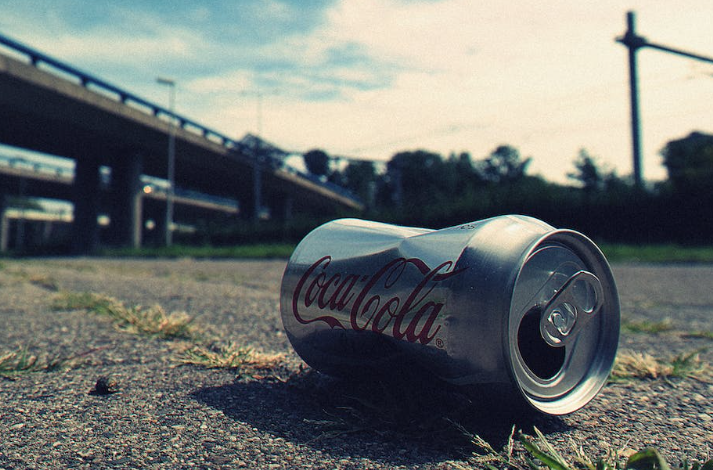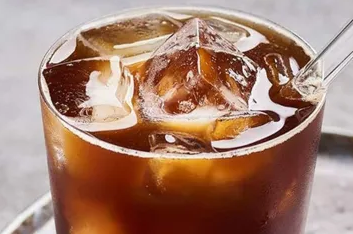슈링크플레이션(Shrinkflation)
규모나 양을 줄어들다라는 의미의 ‘슈링크’(shrink)와
물가상승을 의미하는 인플레이션(inflation)의 합성어입니다다.
패키지 다운사이징(package downsizing)이라고도 부르며, 기업들이 원가 상승 압박을 받을 때 제품의 가격은 유지하는 대신 제품의 중량을 줄이거나 품질을 낮추어 간접적으로 가격 인상의 효과를 내는 전략을 말합니다.
슈링크플레이션(Shrinkflation)
Referred to as shrinkflation, a portmanteau of the words shrink and inflation, this term describes cases where companies opt to decrease the quantity of a product while maintaining the previous product's price, to avoid significant consumer pushback against a price increase.

'Shrinkflation' – reducing a product's size or quantity while keeping its price stable – is rampant. As the global economy grapples with issues including rising raw material costs, supply chain backlogs and higher post-pandemic labourer wages, consumers are bearing the brunt of spiking production expenses.
가격을 안정시키면서 제품의 크기나 수량을 줄이는 '슈링크플레이션'이 성행하고 있습니다. 세계 경제가 원자재 가격 상승, 공급망 적체, 팬데믹 이후 근로자 임금 상승 등의 문제로 고군분투하면서 소비자들은 급증하는 생산 비용의 직격탄을 맞고 있습니다.
As the government attempts to stabilize consumer prices by exerting pressure on the food industry, there's an emerging trend where businesses maintain the same prices for their products but reduce their physical size.
정부가 식품업계에 압력을 가해 소비자 물가를 안정시키려 하자 기업들이 제품 가격은 유지하되 크기는 줄이는 추세가 나타나고 있습니다
SKIMPFLATION
In simple terms, skimpflation refers to when manufacturers continue to release the same food products, but start making them with cheaper ingredients than before in a bid to cut costs.
An example of this might be manufacturers using less paper pulp in toilet roll, or cheaper flour to make their spaghetti.
간단히 말해, 스킴플레이션은 제조업체가 동일한 식품을 계속 출시하면서도 비용 절감을 위해 이전보다 더 저렴한 재료를 사용하여 제품을 만들기 시작하는 것을 말합니다.
이에 대한 예로는 화장지 롤에 종이 펄프를 덜 사용하거나 스파게티를 만들기 위해 더 저렴한 밀가루를 사용하는 것일 수도 있습니다.
Grocery aisles are also rife with skimpflation. Along with shrinking size and quantity of products, food manufacturers are applying skimpflation to the quality of goods to reduce costs. Often, this includes swapping out expensive, premium ingredients for cheaper, lower-quality ones while keeping the same price tags, or even raising them. To save money, for instance, Balagtas says some ice cream manufacturers have reduced some of the expensive milkfat in their products, instead replacing them with "other ingredients, including water and other components of milk, but also sweeteners", says Balagtas.
식료품점 통로에도 스킴플레이션이 만연합니다. 제품의 크기와 양이 줄어들면서 식품 제조업체는 비용을 절감하기 위해 제품의 품질에 스킴플레이션을 적용하고 있습니다. 종종 여기에는 동일한 가격표를 유지하거나 심지어 가격을 높이면서 값비싼 고급 재료를 더 저렴하고 품질이 낮은 재료로 교체하는 것을 포함합니다. 예를 들어, 일부 아이스크림 제조업체가 비용을 절약하기 위해 제품에서 값비싼 유지방의 일부를 줄이고 대신 "물과 우유의 기타 성분뿐만 아니라 감미료도 포함한 다른 성분"으로 대체했다고 말합니다.
Not all hope is lost for better quality and service, however. Competition – especially in industries where higher standards are more observable and essential – means "a market for quality will exist", says Balagtas. Simply, some companies will choose to provide higher quality than their competitors to stand out.
Yet consumers still may need to make a concession: higher quality options might come with higher prices.
그러나 더 나은 품질과 서비스에 대한 모든 희망이 사라진 것은 아닙니다. 경쟁은 특히 더 높은 기준이 관찰가능하고 필수적인 산업에서 "품질을 위한 시장이 존재하게 될 것"을 의미한다고 Balagtas는 말합니다. 간단히 말해서, 일부 회사는 눈에 띄기 위해 경쟁사보다 더 높은 품질을 제공하기로 선택할 것입니다.
그러나 소비자는 여전히 양보해야 할 수도 있습니다. 더 높은 품질의 옵션이 더 높은 가격으로 제공될 수 있습니다.

























